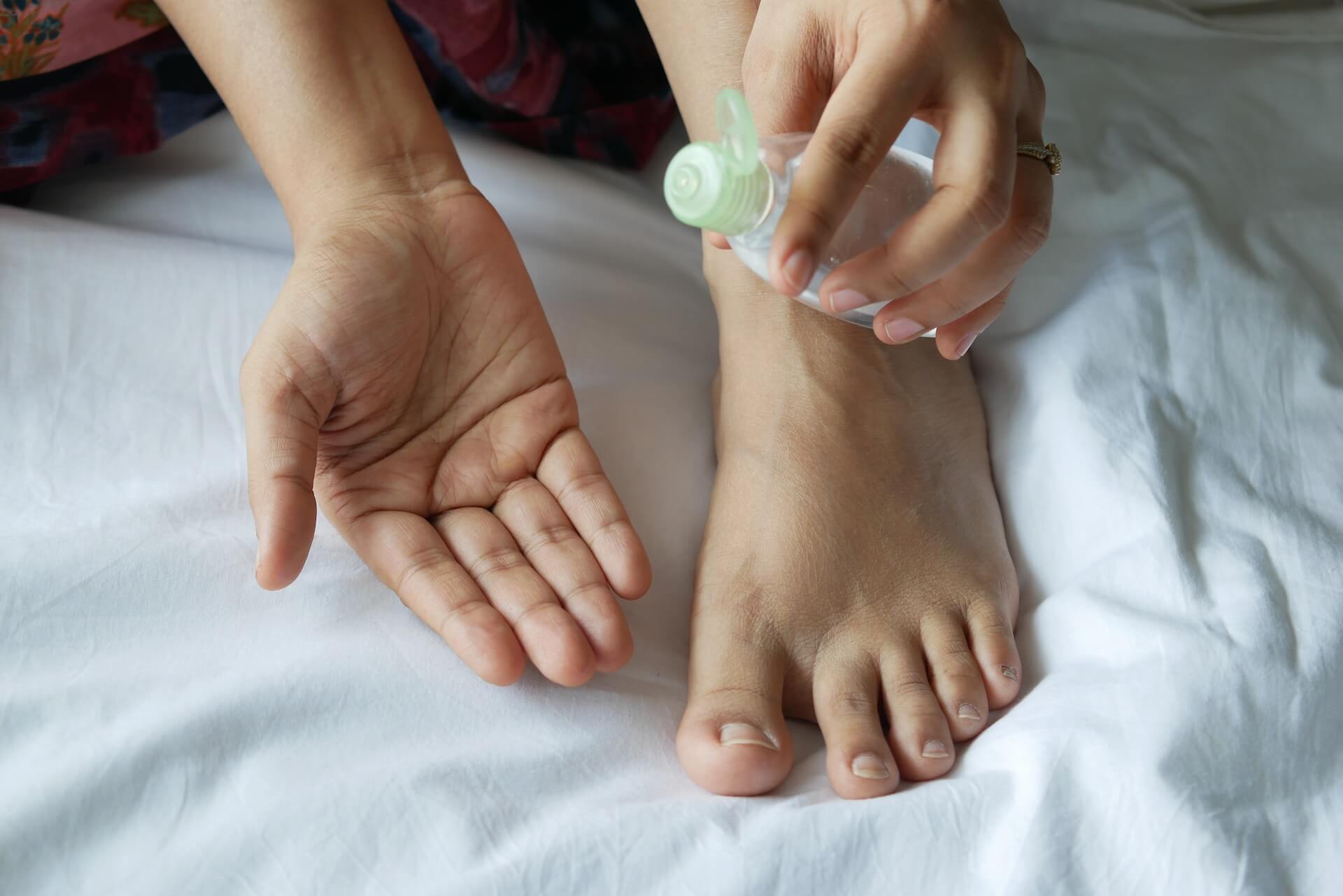21 May 2023
The Art of Self-Massage
by Brittany Woodard
In the hustle and bustle of modern life, finding moments of tranquility and self-care becomes essential for maintaining overall well-being. Abhyanga, an ancient Ayurvedic self-massage ritual, offers a nurturing and rejuvenating practice that harmonizes the mind, body, and spirit. In this blog post, we delve into the transformative benefits of Abhyanga and provide a step-by-step guide to performing this deeply nourishing ritual. Additionally, we explore how to choose the ideal oils for your doshic skin type and the current season, ensuring a truly personalized and holistic experience.
Understanding Abhyanga: The Art of Self-Love
Abhyanga is a traditional Ayurvedic practice that involves massaging warm herbal oils into the body with loving and rhythmic strokes. The term “Abhyanga” is derived from Sanskrit, with “Abhi” meaning “into” and “Anga” meaning “limbs” or “body.” This sacred self-massage ritual is deeply rooted in Ayurveda, aiming to balance the doshas, improve circulation, and promote overall vitality.
The Benefits of Abhyanga:
Stress Relief: Abhyanga promotes deep relaxation and helps release built-up tension, stress, and anxiety.
Detoxification: The rhythmic massage strokes stimulate lymphatic drainage, aiding the body in eliminating toxins.
Enhanced Circulation: Abhyanga improves blood circulation, nourishing the tissues and enhancing vitality.
Balancing Doshas: The choice of oils can help balance Vata, Pitta, and Kapha doshas, fostering harmony within.
Skin Nourishment: The oils used in Abhyanga hydrate and nourish the skin, promoting a healthy glow.
How to Perform Abhyanga: A Rejuvenating Ritual
Follow these steps to create a sacred space for your Abhyanga ritual: Step 1: Choose the Right Oil
Selecting the appropriate oil for your dosha and the current season is vital for a tailored and effective Abhyanga experience:
Vata Dosha: Use warming oils such as sesame or almond oil, especially during the colder months.
Pitta Dosha: Opt for cooling oils like coconut or sunflower oil, especially in hot weather.
Kapha Dosha: Choose lighter oils like grapeseed or safflower oil to balance the heaviness of Kapha, particularly during spring.
Step 2: Warm the Oil
Gently heat the chosen oil by placing the bottle in a bowl of hot water. Ensure the oil is comfortably warm but not too hot to avoid burns. Step 3: Create a Calm Environment
Find a peaceful and quiet space to perform Abhyanga. Dim the lights, light some candles, and play soft, soothing music to enhance relaxation. Step 4: Begin the Abhyanga
Stand on a towel or a mat to prevent oil from dripping on the floor. Apply a small amount of warm oil to your hands and start massaging your scalp using gentle circular motions. Gradually move down to your face, neck, shoulders, arms, chest, abdomen, back, and legs. Use long strokes on the limbs and circular motions on the joints. Spend extra time massaging areas where tension is held, such as the neck, shoulders, and lower back.
Step 5: Enjoy the Benefits
After the massage, allow the oil to penetrate your skin for 10-15 minutes. This period of rest enhances the absorption of the nourishing properties of the oil. Step 6: Cleanse and Shower
Follow the Abhyanga with a warm shower or bath to cleanse your body and remove any excess oil. Use a mild natural soap and avoid using harsh chemicals on your skin.

Embrace the Ritual of Abhyanga
Abhyanga offers a simple yet profound way to practice self-love and care. Incorporating this ancient Ayurvedic ritual into your routine can become a transformative act of nourishment and healing. As you engage in the sacred art of Abhyanga, let its therapeutic touch rejuvenate your body, calm your mind, and uplift your spirit.